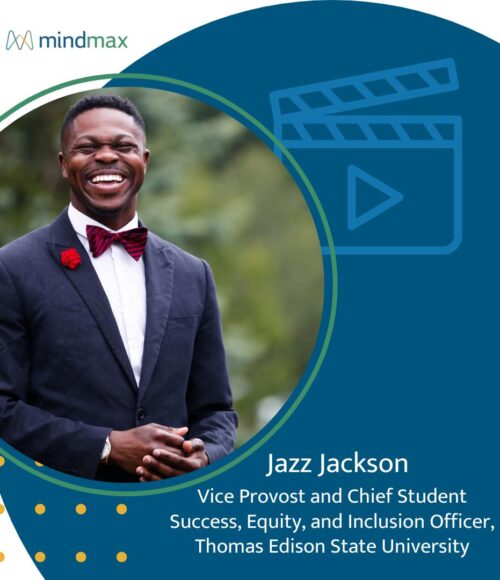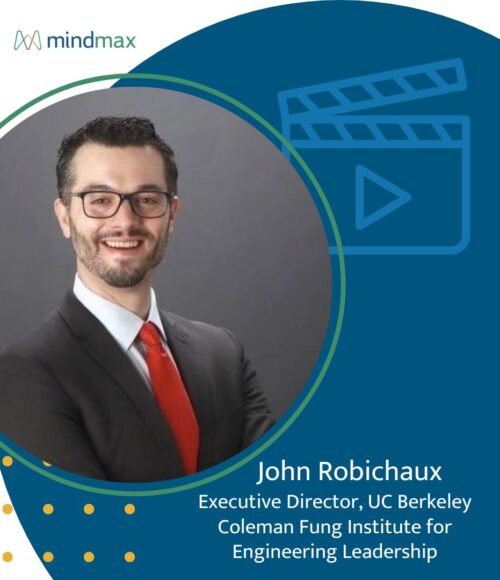School’s Out. Let the Learning Begin!
Alice Cooper’s seminal glam rock ballad “School’s Out” hit number 7 on the Billboard Charts in 1972 and ranked number 75 for that year. Many of us remember how accurately and how acutely it reflected that final moment, at the end of the school year, when the final bell rang, and we were released for a glorious two months of freedom.
While the song is embedded in our memories for capturing that one moment, which Cooper compared to the joy of waiting to open presents on Christmas morning, the lyrics speak to a larger state of alienation, not too dissimilar to Pink Floyd’s “Another Brick in the Wall,” more commonly known as “We Don’t Need No Education.”
School’s out for summer
School’s out forever
School’s been blown to pieces
This month and next, millions of school will either start their two month break, or if they are among the 10% of kids in year-long schools, a briefer break. Let’s consider a different perspective for a moment. Instead of the grand release, why not view summer break as the transition from school-based education to everyday learning?
Time is Learning’s Warden
There’s no doubt that whatever model of school year our kids are immersed in, they need a break. A landmark 1994 National Education Commission on Time and Learning study described our school models as “Prisoners of Time,” declaring that “time is learning’s warden.”
In describing the adherence to the agrarian calendar and a standardized approach to scheduling learning, the study noted the following among other areas of control exerted in this model:
- With few exceptions, schools open and close their doors at fixed times in the morning and early afternoon-a school in one district might open at 7:30 a.m. and close at 2:15 p.m.; in another, the school day might run from 8:00 in the morning until 3:00 in the afternoon.
- With few exceptions, the school year lasts nine months, beginning in late summer and ending in late spring.
- According to the National Center for Education Statistics, schools typically offer a six-period day, with about 5.6 hours of classroom time a day.
- No matter how complex or simple the school subject-literature, shop, physics, gym, or algebra-the schedule assigns each an impartial national average of 51 minutes per class period, no matter how well or poorly students comprehend the material.
Interestingly enough, this study vigorously argued against time-bound education and advocated for more time in school. One step forward and one step . . . sideways. While I can agree with the argument against time-bound education, I’ve never thought that more time is the answer to our educational woes. The bigger issue may be with our dependence on or school-bound learning.
No More Teachers, No More Books . . .
New models of education are testing the boundaries of traditional teaching. From flipped learning in which teachers spend less class time lecturing and more time engaged in problem solving to architectural and interior design models (think Intrinsic Schools) meant to enable different modes of learning within a single school environment, there is movement toward less dependence on the sage-on-stage model of learning.
Teachers and books, in whatever format those evolve to, will probably always be a part of the learning experience. But what we need to look at is the overall paradigm that learning occurs 180 days a year in a specific building (or more in some places) and then somehow stops on the day that summer vacation is announced.
Learning Needs to be Everywhere
I wouldn’t want to detract from the joy that occurs at the end of the school year, but I’d love to live in a world where a school building was not a place to escape from. Instead, embrace the opportunities for our kids to engage in the type of real-world calculations that come with preparing for a day-long hike and camping out overnight. Or practicing organizational and leadership skills while volunteering in a local community center. Or traveling to another country, seeing how other people live and having to communicate in their language? Or learning on the job as an intern at the local community newspaper?
Then let’s see how we can incorporate some of these activities into what may be formerly known as school.
Related Ideas
Jazz Jackson Wants to Help Every Student Finish What They Start

John Robichaux Wants Lifelong Learning to Drive Public Impact
